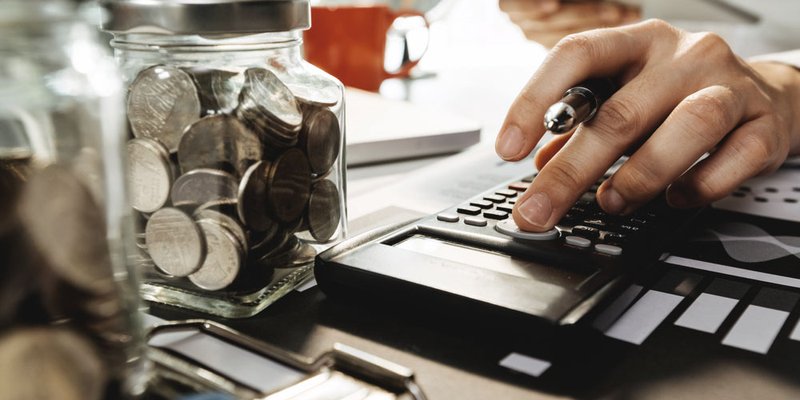
If you are not redirected within 30 seconds, please click here to continue.
Samedi: 10h – 16h HAE

If you are not redirected within 30 seconds, please click here to continue.
If you are not redirected within 30 seconds, please click here to continue.
Tips for the First-Time Taxpayer

Table of Contents
Congratulations, you’ve landed your first job! Now, you can look forward to one of life’s two great inevitabilities: death and taxes.
Relax, it’s only taxes we’re talking about here, and filing your tax return isn’t as intimidating as it sounds to the first-time taxpayer.
How to file
Way back when I filed my first tax return, I went to the post office to pick up a tax form and filled it in by hand. You could still do that, but considering how much time the millennial generation spends online, it may make more sense to file your return electronically through the Canada Revenue Agency’s (CRA) Netfile program. The CRA has a list of acceptable third-party software programs listed on its website.
Most salaried employees, particularly those just starting out, don’t really need – or benefit from – hiring an accountant to prepare their tax returns. But if you’re self-employed and are unsure about which expenses can be legitimately written off, how to deal with expenses you’ve been compensated for by clients, and so on, the cost of an accountant may be more than worth it. More on that later.
Documents, please
The key document to have on hand when filling out your return is your T4 slip that lists the amount of salary you were paid and the amount of deductions taken off by your employer.
If you had a tidy nest egg sitting in the bank or own Canada Savings Bonds, you will have also received T5 slips indicating the amount of interest you earned last year. You have to claim that amount as income.
You’ll also need to have documents relating to any deductions you’re eligible for. If you bought RRSPs (on or before March 1, 2013) your financial institution would have issued you a receipt with the amount that you’ll need to include with your return. If you’re a student (or recent graduate), you can claim tuition fees, plus “Education and Textbook” amounts for each month you were enrolled. You’ll need to fill in a copy of form T2202.
See the CRA site for more details on student deductions. If you made donations to registered charities, you’ll want to keep all the receipts they issued together. And there are countless other legitimate deductions you may be eligible for, including benefits for residents of northern communities, low-income individuals, parents, and those in skilled-trades apprenticeship programs. Note that if you file electronically, you don’t need to submit copies of documents like your T4 or RRSP receipts but you do need to have them handy in case the CRA asks to see them.
If you're a self-starter
One of the benefits of being self-employed is that you’re given a little longer to prepare your return. This year, returns for the self-employed have to be filed on or before June 15, as opposed to April 30. But note that if you will owe taxes – which many self-employed people do since they aren’t automatically deducted from their cheques – interest on overdue payments will start accumulating on May 1.
If you claimed GST/HST on your invoices (something anyone grossing more than $30,000 a year is required to do), you’ll also need to reimburse the government for a portion of the amount you collected. It can be confusing to figure out which expenses are legit (a portion of your rent or mortgage and utility bills can be claimed if you have a home office) and which are just wishful thinking (that tailored suit and golf club membership you hope to woo clients with).
An accountant can help you sort these details out, and often point out deductions you may not have been aware of. Best of all, professional fees like those you pay an accountant are tax deductible.
Rate of returns
If you are expecting a tax refund, there’s a big incentive to filing electronically: The CRA can mail or issue you a direct deposit in as little as eight days after you file (and monitor your refund status online).
If you snail mail your return it can take four to six weeks. While you’re waiting for your refund, here’s hoping that new job doesn’t kill you.
Get money-saving tips in your inbox.
Stay on top of personal finance tips from our money experts!










